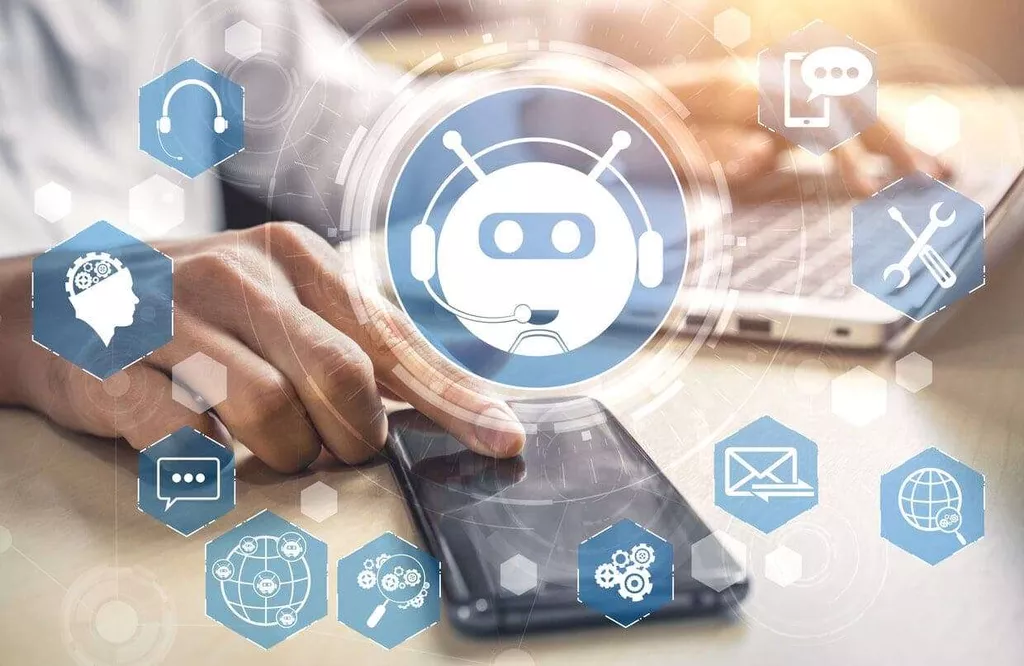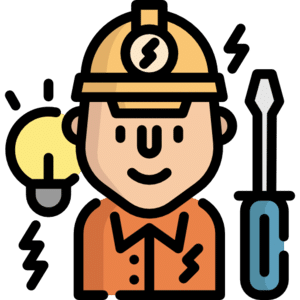Healthcare Chatbots: Role of AI, Benefits, Future, Use Cases, Development
The chatbots can give customers 24/7 access to track orders and package information. This lowers the strain on your customer support team and gives them back time to focus on more complicated questions. For financial institutions, chatbot development helps focus on improving the business processes and providing a better user experience to customers. This article will provide a walk-through on the essentials of developing a custom banking bot along with the key features & interesting use cases and how we can assist you. While the adoption of chatbots in the healthcare sector is rather slow, its adaptability is much faster!
Maybe for that reason, omnichannel engagement pharma is gaining more traction now than ever before. Chatbot in the healthcare industry has been a great way to overcome the challenge. With a messaging interface, website/app visitors can easily access a chatbot. The chatbot inquires about the symptoms the user is experiencing as well as their lifestyle, offers trustworthy information, and then compiles a report on the most likely causes based on the information given.
Benefits of insurance chatbots
According to research, the claims process is the least digitally supported function for home and car insurers (although the trend of implementing tech for this has been increasing). The process of building a health chatbot begins by making several strategic choices. We’ll keep it short and sweet, avoiding technical jargon and focusing on the key aspects of creating your chatbot app. A few words with your trusty chatbot, and the renewed prescription is on the way!

While bots handle simple tasks seamlessly, healthcare professionals can focus more on complex tasks effectively. It can ask users a series of questions about their symptoms and provide preliminary assessments or suggestions based on the information provided. It is suitable to deliver general healthcare knowledge, including information about medical conditions, medications, treatment options, and preventive measures. Besides, it can collect and analyze data from wearable devices or other sources to monitor users’ health parameters, such as heart rate or blood pressure, and provide relevant feedback or alerts. By using NLP technology, medical chatbots can identify healthcare-related keywords in sentences and return useful advice for the patient.
Understanding the use cases of chatbots in the healthcare industry
Earlier, this involved folks calling hospitals and clinics, which was fine. But, ever since the pandemic hit, a larger number of people now understand the importance of such practices and this means that healthcare institutions are now dealing with higher call volumes than ever before. According to the Accenture research above, customers want relevant, real-time alerts. If, for example, a customer wants to buy an insurance product, the bot can ask them a series of questions and create a plan and quote premiums that match the policyholders needs.
Another crucial aspect to consider here are the ethical constraints when consulting on sensitive matters. It’s important to comply with the laws and regulations that govern the area of healthcare covered by the chatbot. AI chatbots for healthcare have multiple applications, but building one comes with responsibilities. Informative chatbots usually take the form of pop-ups that appear on health-related resources.
That sums up our module on training a conversational model for classifying intent and extracting entities using Rasa NLU. Your next step is to train your chatbot to respond to stories in a dialogue platform using Rasa core. After training your chatbot on this data, you may choose to create and run a nlu server on Rasa. For example, if a chatbot is designed for users residing in the United States, a lookup table for “location” should contain all 50 states and the District of Columbia. You now have an NLU training file where you can prepare data to train your bot. Open up the NLU training file and modify the default data appropriately for your chatbot.
This chatbot provides users with up-to-date information on cancer-related topics, running users’ questions against a large dataset of cancer cases, research data, and clinical trials. The medical chatbot matches users’ inquiries against a large repository of evidence-based medical data to provide simple answers. Buoy Health was built by a team of doctors and AI developers through the Harvard Innovation Laboratory. Trained on clinical data from more than 18,000 medical articles and journals, Buoy’s chatbot for medical diagnosis provides users with their likely diagnoses and accurate answers to their health questions. Machine learning applications are beginning to transform patient care as we know it.
Wins Patient Trust
Doing the opposite may leave many users bored and uninterested in the conversation. Not only do these responses defeat the purpose of the conversation, but they also make the conversation one-sided and unnatural. One of the key elements of an effective conversation is turn-taking, and many bots fail in this aspect. A friendly and funny chatbot may work best for a chatbot for new mothers seeking information about their newborns. Still, it may not work for a doctor seeking information about drug dosages or adverse effects. Any chatbot you develop that aims to give medical advice should deeply consider the regulations that govern it.
Conversational chatbots are built to be contextual tools that provide responses based on the user’s intent. However, there are different levels of maturity to a conversational chatbot – not all of them offer the same depth of conversation. Use AI chatbots as a first-line defense for as many incoming queries as possible. These virtual assistants can quickly update customers on flight information like boarding times and gate numbers. They can also handle cancellations and flight changes as well as process any payments for upgrades or transfer fees.
Chatbots can serve as internal help desk support by getting data from customer conversations and assisting agents with answering shoppers’ queries. Bots can analyze each conversation for specific data extraction like customer information and used keywords. You probably want to offer customer service for your clients constantly, but that takes a lot of personnel and resources. Chatbots can help you provide 24/7 customer service for your shoppers hassle-free. They can also collect leads by encouraging your website visitors to provide their email addresses in exchange for a unique promotional code or a free gift.
Large language models encode clinical knowledge – Nature.com
Large language models encode clinical knowledge.
Posted: Wed, 12 Jul 2023 07:00:00 GMT [source]
These measures ensure that only authorized people have access to electronic PHI. As healthcare continues to rapidly evolve, health systems must constantly look for innovative ways to provide better access to the right care at the right time. Applying digital technologies, such as rapidly deployable chat solutions, is one option health systems can use in order to provide access to care at a pace that commiserates with patient expectations. Customer service chatbot for healthcare can help to enhance business productivity without any extra costs and resources. An AI healthcare chatbot can also be used to collect and process co-payments to further streamline the process.
But you would be surprised by the number of businesses that use only the primary features of their chatbot because they don’t know any better. So, if you want to be able to use your bots to the fullest, you need to be aware of all the functionalities. This chatbot simplifies banking operations and delivers great value to users. The bot performs banking activities, such as checking balance, funds transfers, and bill payments.
A chatbot integrated into the IT framework of a hospital can monitor available slots and manage patient appointments with doctors and nurses in a click. The process of filing insurance inquiries and claims is standardized and takes a lot of time to complete. By using data collected by chatbots, insurers and hospitals can work together to quickly process claims and detect fraud.
Not only can these chatbots manage appointments, send out reminders, and offer around-the-clock support, but they pay close attention to the safety, security, and privacy of their users. Assess symptoms, consult, renew prescriptions, and set appointments — this isn’t even a full list of what modern chatbots can do for healthcare providers. They’re never tired, always ready to ease the burden on clinicians and improve the quality of care for patients.
- Chatbot developers should employ a variety of chatbots to engage and provide value to their audience.
- You may need to integrate your chatbot with such a platform which will again add to the cost of building one.
- With the ehealth chatbot, users submit their symptoms, and the app runs them against a database of thousands of conditions that fit the mold.
- They can considerably boost proficiency besides enhancing the accuracy of detecting symptoms, post-recovery care, preventive care, and feedback procedures.
Chatbots can check account details, as well as see full reports about the user’s account. Each treatment should have a personalized survey to collect the patient’s medical data to be relevant and bring the best results. For example, if your patient is using the medication reminder already, you can add a symptom check for each of the reminders.
The app users may engage in a live video or text consultation on the platform, bypassing hospital visits. With the ehealth chatbot, users submit their symptoms, and the app runs them against a database of thousands of conditions that fit the mold. This is followed by the display of possible diagnoses and the steps the user should take to address the issue.
Read more about https://www.metadialog.com/ here.
